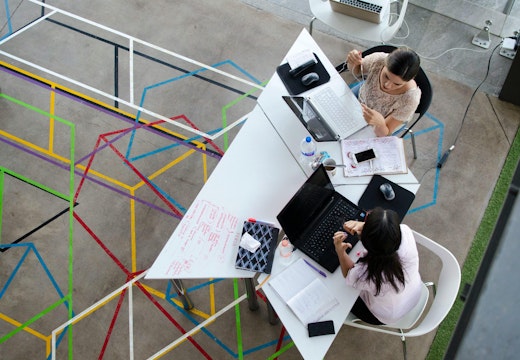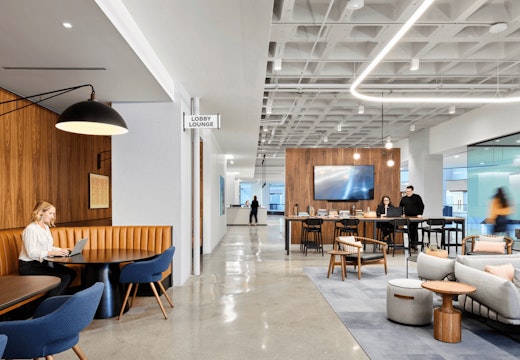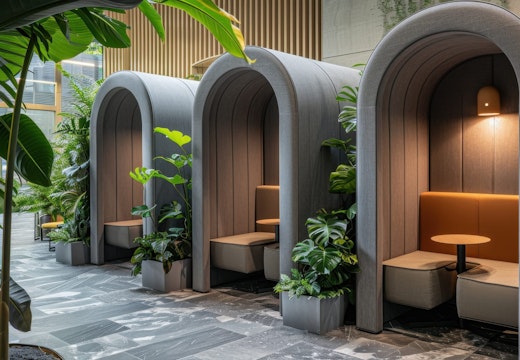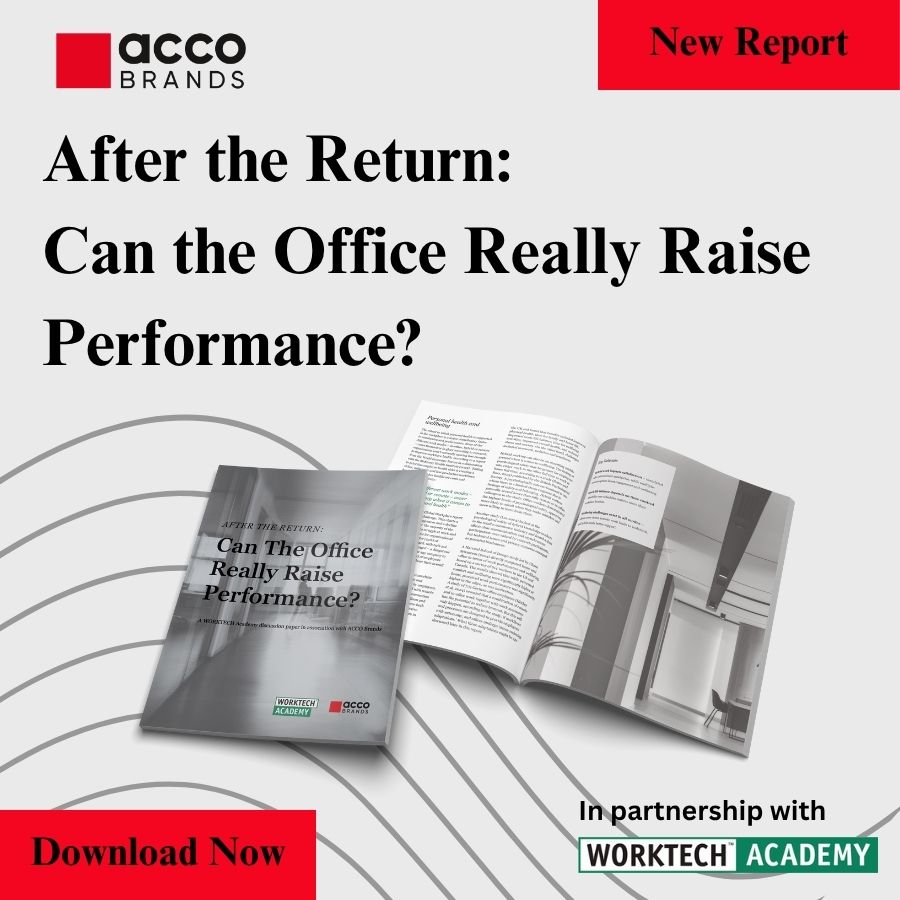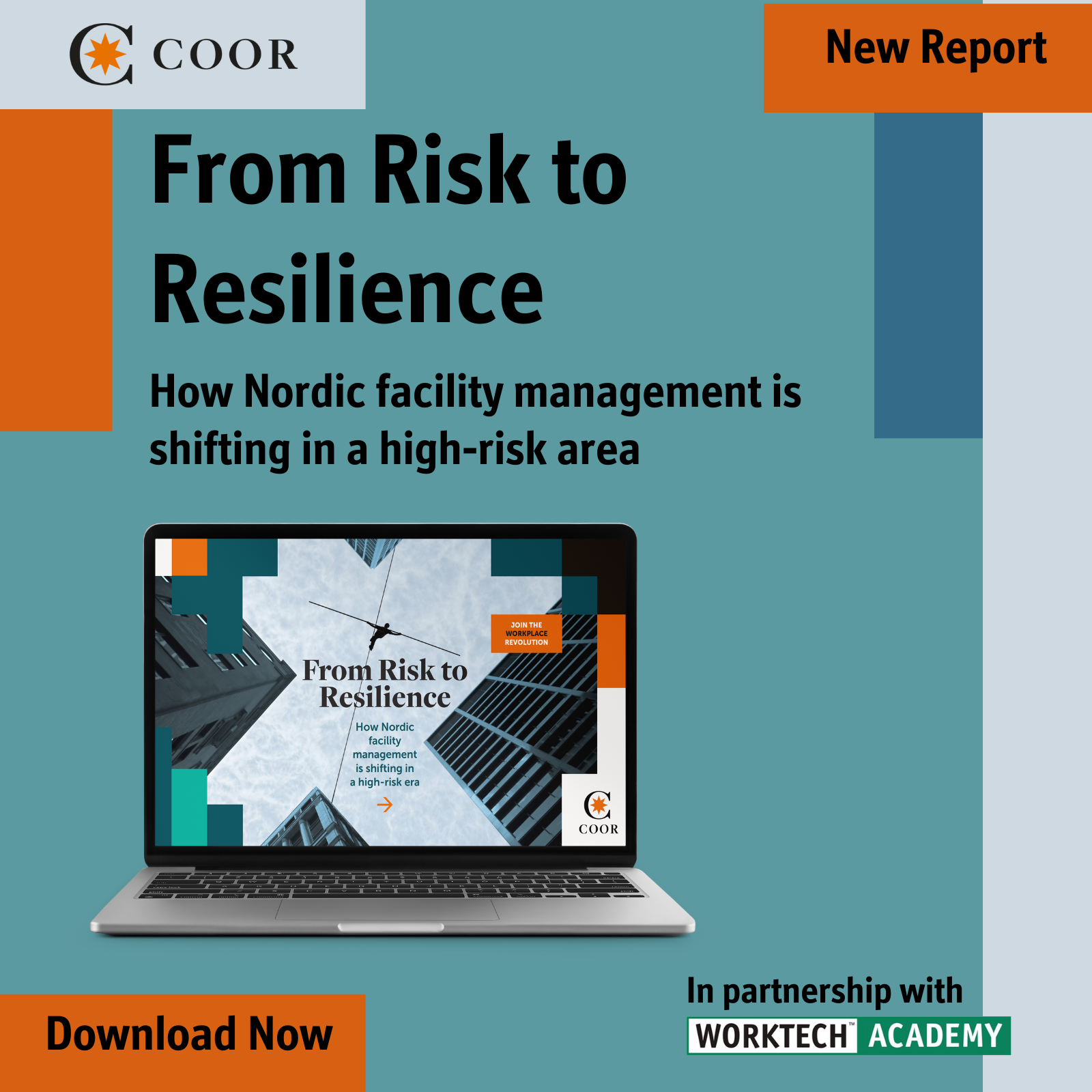behaviour
How to bridge the gap between base build and fit-out in smart buildings
There’s currently a disconnect between shell & core and fit-out that results in buildings that fall short of their digital promise. It’s time to embed digital strategy more fully in the development process
All together now: designing for a neurodiverse workforce
New research from the UK sheds light on a complex subject that is increasingly necessary to address as organisations seek to create a more inclusive workplace
The light that connects: highlights from Signify’s podcast series
A podcast series from Signify tackles key topics in lighting from the history of lighting design to the intricacies of how your lights stay connected
Collaboration reimagined: five trends to watch in the workplace
New technologies, hybrid models and shifting employee expectations are altering how we collaborate at work. A new report from Avocor maps out some key changes
Designing neuroinclusive workplaces: how to get started
Many companies have a desire to create a flourishing workplace for all but are struggling to make it happen. A new book by Kay Sargent of architects HOK demystifies the process
Designing for diversity: how dynamic personas are reimagining the workplace
The latest episode of the Unworking Podcast with Dr. Imogen Privett delves deep into how dynamic personas can help design workplaces better suited for its ever-changing, complex users
Under scrutiny: what’s right and wrong with activity-based workplaces
Despite its worldwide popularity as a design model for office space, new research from Sweden reveals some familiar limitations of the activity-based workplace
Neuroscience research supports designing to counter burnout
Can the design of the physical environment counteract exhaustion and anxiety at work? A new Dutch study on lighting levels adds to a growing body of evidence in the field



